For Whitworth sports teams, budgeting is a difficult area that includes faithful stewardship of money from the school, tough decisions regarding where money should be spent and fundraising to cover excess costs.
Jo Wagstaff, Associate Director of Athletics, said that on a typical year, each team will get a budget with allotments for categories such as travel, equipment and coaching salaries.
“For example, a few years ago baseball got $37,000 for travel. Each budget allocation would theoretically all get spent in the year, and then on July 1 they get a new budget with all the same allocations. If the college says, okay, everyone gets a 2% increase, then every line gets a little bit more money. Sometimes they will ask us where we want to put the 2%, and we will basically always put it in travel. Travel is just out of this world” Wagstaff said.
Initially, each sport is equal per-diem. For example, for travel, the same amount is allocated per person per day regardless of the sport. Equipment allocations necessarily vary because of the sport because different sports had different needs.
“But we even try to keep that as equal as we can,” Wagstaff said, “Women’s soccer and men’s soccer have the same equipment budget. Softball and baseball have the same equipment budget.”
Although budgets amounts are decided though categorizing money into travel, equipment, and other pertinent categories, once the teams get the money they are free to use the funds however they think it will best benefit the program. Rod Sandberg, head football coach, said this is one of the reasons that he loves Whitworth.
“They only really care about the bottom line. So if I’m able to cut costs out of one area, I can spend it in another. Nobody ever gets as much money as they want. So to be able to have that flexibility is a huge blessing,” Sandberg said.
Travel
One challenge for Whitworth sports teams specifically is travel. Out of the 440-450 Division III teams in the country, Whitworth is the most isolated, Bryan Olson said. Whitman College, the closest NWC opponent, is 3.5 hours away door to door, and the next closest is a five hour trip to Tacoma.
“There is no other school in the country with that kind of distance to travel,” Olson said. “Going to Tacoma once and Portland three times means that travel is a huge piece of our budget”
When looking to cut costs on travel for women’s soccer, Olson looks specifically at the kind of transportation.
“We can look at taking the huge bus, or what we’ve done in the past and look to do more in the future is taking passenger vans. And you end up saving about $1900 per trip if you take vans instead of busses,” Olson said. “So we look of the trade-offs between student athletes wanting to study and the experience on the travel, versus how we can use our funds to actually do this”
Sandberg said that when he coached at Wheaton College before coming to Whitworth, his team only flew to a game one time in his 25 years as a coach, and they only had one or two games per year that required an overnight stay. For Whitworth however, almost every away game is an overnight.
“Because travel takes so much money, some of my other budget categories are a little bit lower,” Sandberg said. “The challenge is that whole travel piece, in taking such a large piece of the pie, you have less for other things. I think that’s the number one challenge.”
Pre-season travel is also a difficult area to budget. Olson wants to be able to travel every single player each weekend and especially for the pre-season trips, he said.
“That adds to the costs that we don’t necessarily have to incur, but for our program I think it’s a great great thing,” Olson said.
For football, Sandberg said that they do not have a ton of pre-season options. He explained that it is typical to work two year deals, where once you go to them, and the next year they come to you. But it can be difficult for teams who want to make this deal with Whitworth.
“They could choose a different opponent that would be a lot cheaper,” Sandberg said, “They don’t want to hurt their budget either so that’s a problem. But they also don’t want to come and spend all this money and maybe get beat. That makes them think long and hard about it. So it’s become a big challenge because we don’t have a lot of options.”
Recruiting
Although recruiting may not be a large part of the budget from the school, it is crucial part of program success and is an area where coaches look to invest. For women’s soccer, the recruiting budget for this year was $365, which is not even close to enough to do the recruiting that they want to do.
“Figuring out ways to travel and go and see potential student athletes, that takes a lot of creativity” Olson said. “I end of paying for a lot of the travel necessary for recruiting because I see the importance in going places, getting to represent Whitworth and finding people to be a part of our program.”
Sandberg said that they try to never cut costs with recruiting.
“I learned something really earth shattering: when I have great players I’m a great coach. It’s really simple.” Sandberg said.
Because of the importance of recruiting, the football team recruits in northern and southern California, Hawaii and all over the West Coast.
“That costs money and we can’t really skimp there,” Sandberg said.
Equipment
Another major portion of the budget for sports teams is equipment. Sandberg explained that because other areas such as travel and recruiting can’t be compromised, often equipment for players is what must be cut down.
“That leaves things for your players. And you don’t want to skimp them on uniforms and equipment and stuff like that so it’s really a tough piece to balance,” Sandberg said.
Olson, who played for Whitworth soccer when he was a student, explained that he faced the challenge of equipment from a player’s perspective also.
“I walked in the door the first day as a player and my jaw dropped because I’m paying for school and now I have to come in and pay for all the gear that I’m going to train in and travel in and it didn’t quite make sense in my mind. I can see it from a different perspective now. But we don’t want that shock to be massive for everyone that walks in.” Olson said.
Olson said that he tries to keep the price down for players so they are paying maybe $100 or $150 a year on gear, but that means that the program is covering more of it.
Fundraising
Ultimately, fundraising is a crucial piece of running a successful sports program at Whitworth. Each team has two accounts, money from the University and money from fundraising. The University money must be used within the financial year, but the fundraised money can carry over from year to year.
“They all need more money,” Wagstaff said. “The University supplies the budget for all the conference play. But if they want to travel beyond that, like sometimes teams travel to California and Texas, they will need to raise the money for that.”
Wagstaff said that coaches are often really creative with fundraising and that it is done in any number of ways. Some of the examples that she cited were selling signs for the fieldhouse, selling the chair that go around the perimeter of the court during basketball season, or just through letter writing to alums, friends and family asking for help to support the sport.
“The university is really open and supportive of us fundraising. We have two budgets. We have the money that they school gives us, and then the money that I fundraise. And the money that I fundraise I can use however I want, but the encourage you to use all of your budget first and use that last,” Sandberg said.
The athletic department organizes two big fundraising opportunities per year: Pirate Night in the fall and the Golf Classic in the summer. These events help raise money for the department as a whole as well as individual programs.
Pirate Night is the department’s largest fundraiser and includes a silent auction and a live auction, and they sell seats and tables for the event. According to Olson, in the past all proceeds went directly to the department and were used for operating costs there. But this year it has changed. Now, Olson said, a large percentage of proceeds from individuals goes directly back to the program they are affiliated with.
“Now most of the proceeds are coming back to each individual program. So that’s a huge incentive for us to actually invite people and be a major part of that,” Olson said.
Sandberg believes that is it crucial for Whitworth football to be involved in events like Pirate Night and the Golf Classic.
“We’re the biggest group,” Sandberg said. “We have the most players, the most coaches, so we make sure we have a strong presence at those events and in promoting those events. We so appreciate what the administration and school does for us to help be successful and those are opportunities for us to give back. Now we get benefits from that too, but a portion of it just goes to the department.”
University-organized fundraising like One Pine Day have also made a significant impact for the football program.
“Like I said before, the equipment budget really gets squeezed,” Sandberg said. “But on One Pine Day we raised enough to buy the entire team new away jerseys, $10,000 in one 24-hour social media period. So that’s a huge blessing. How would we ever have been able to get those without that.”
But perhaps the most important type of fundraising is direct communication with a base of donors. According to Sandberg, they focus their communication on alums and families of the Whitworth football program.
“They also want to know what’s happening with new coaches and games and those would be the people that we reach out to with needs,” Sandberg said.
Football likes to reach out to their support system three times a year. Before season Sandberg sends out the season theme and a season preview. After season, he focuses on a season summary and gives a “state of the union.” And then around April they send a letter sharing some of their needs if anyone would be excited about helping. The football program tries to communicate in smaller ways on holidays as well.
“We don’t want every letter to be about asking,” Sandberg said. “So they are hearing from us and knowing that we care about them.”
Women’s soccer also focuses on bringing alumni and families into the overall experience. For Olson, fundraising is all about inviting people to come alongside the program in what they are doing. Events like the alumni weekend are key components of connecting with alumni and families.
“Getting to invite others in and share some of our purpose and what we’re trying to do and just be around some of our team and our girls and that’s a huge invitation into hey I like what you’re doing here and I want to help you. And sometimes financially is the answer,” Olson said.
According to Olson, each coach has a different approach to fundraising. A former basketball coach, Olson said, laid a great foundation for connecting with alumni that has carried over into the current program. Similarly Olson said that Dan Ramsey, former baseball coach, was an amazing fundraiser.
“My approach is to be much more organic in inviting people into what we’re doing,” Olson said. “If they feel called to help support what we’re trying to do and that’s on their hearts, then that’s awesome. But we won’t really engage that with them too often.”
Olson and Sandberg both believe that is comes down to being thankful for what they have and being good stewards of their resources.
“We are never in football going to complain about what we have,” Sandberg said. “We’re going to be grateful for what we have and try to make the most of it and then again try to cultivate and develop relationships with the key donors so that they know such amazing things are happening here. We want them to be reminded of that so they are excited to take part in that experience.”
Olson similarly expressed gratitude for the resources and support that each program has.
“At the end of the day, we’re really thankful for everything that we have,” Olson said. “I think it’s easy wherever we’re at to say, we want a little more. But we feel like we are supported in a way where we can invest into our programs in the way that we dream and desire. I’m really thankful to be at a place like Whitworth where from the president on down we are all pulling the same direction—investing in lives and in the experience.”


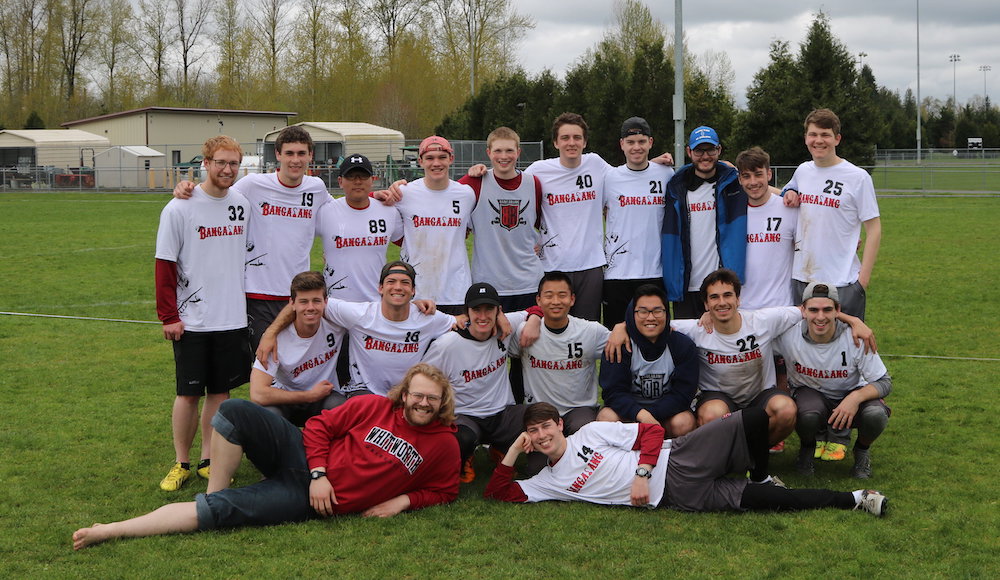
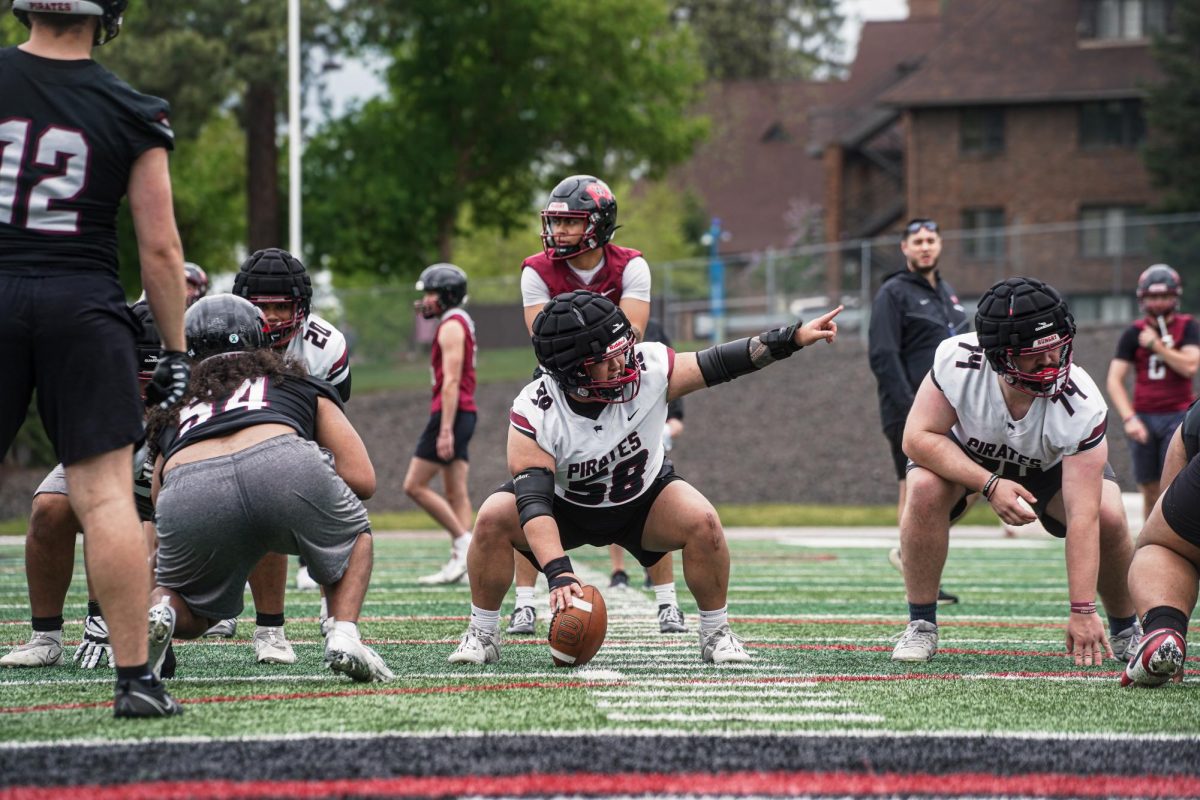
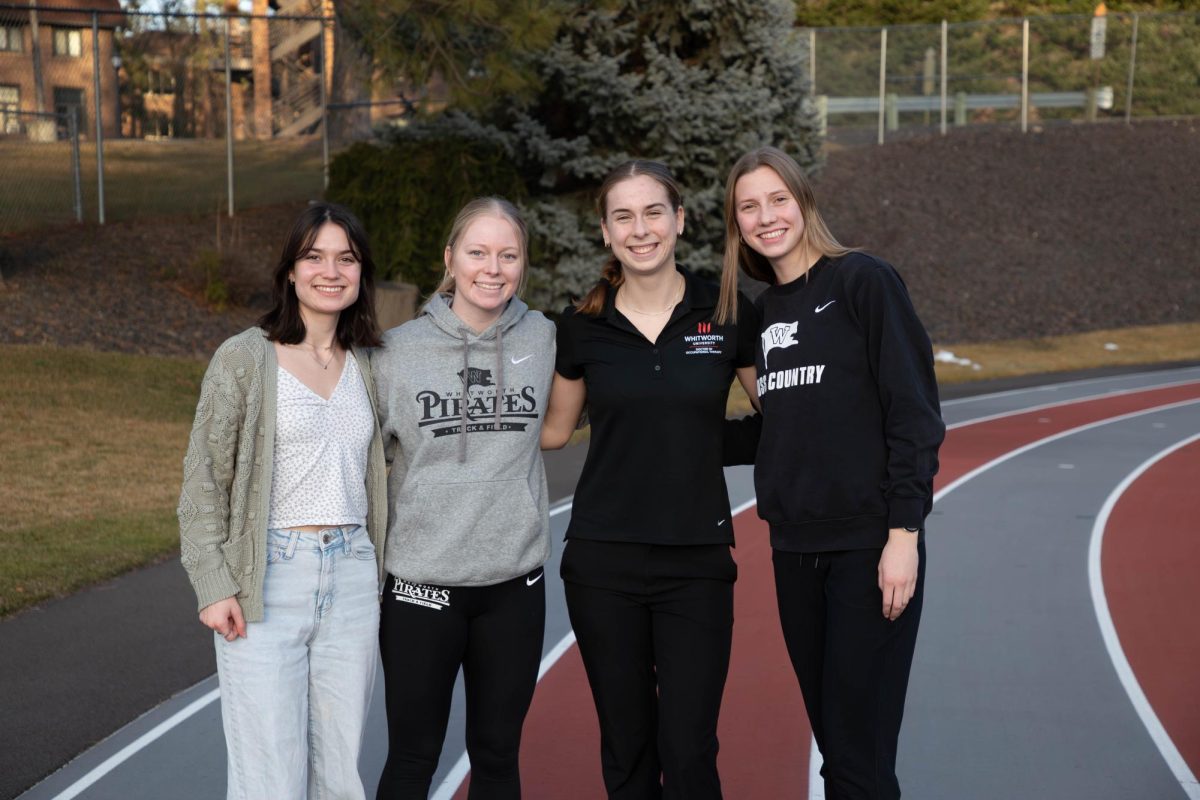
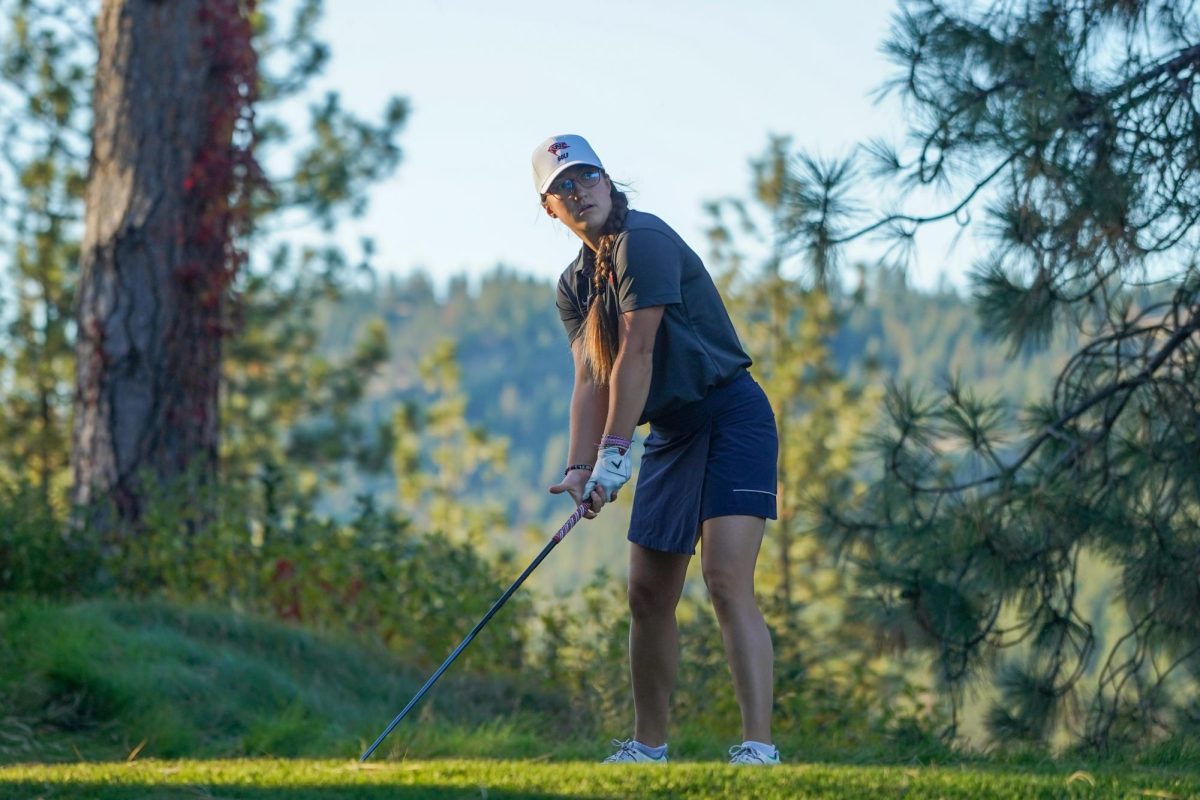

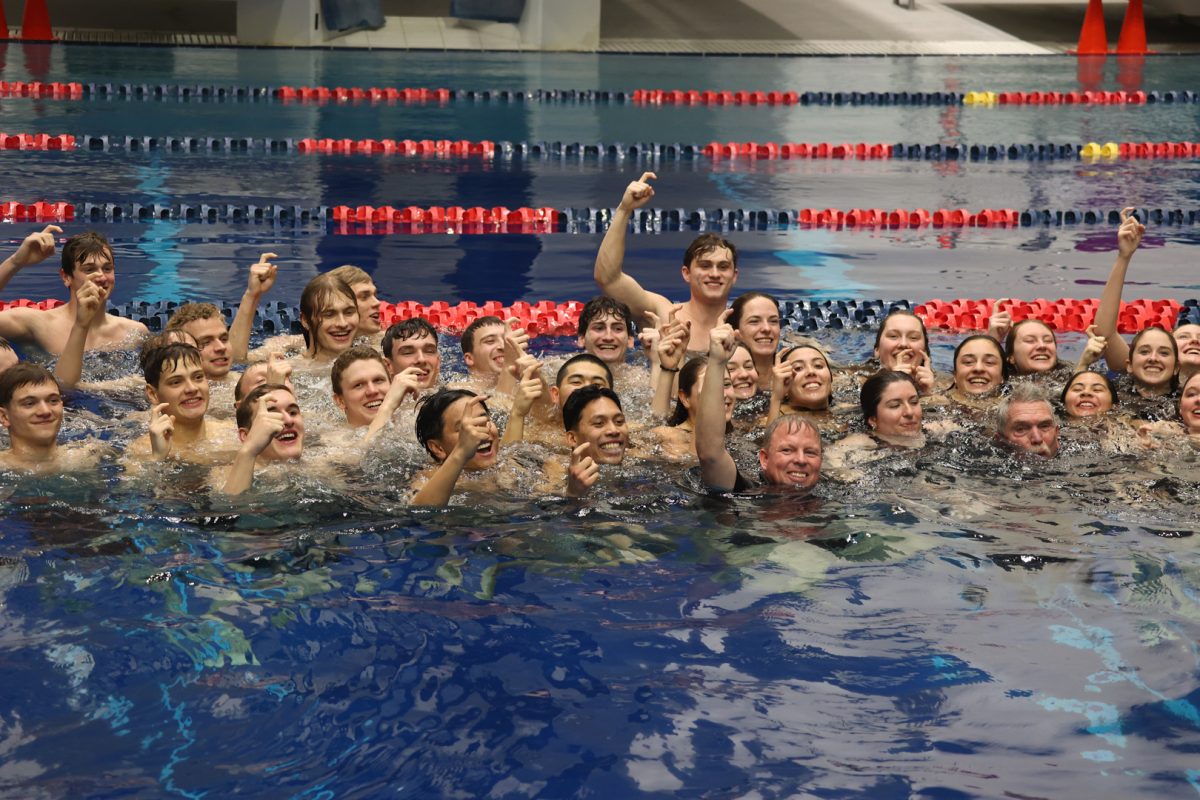


 Spokane?
Spokane?